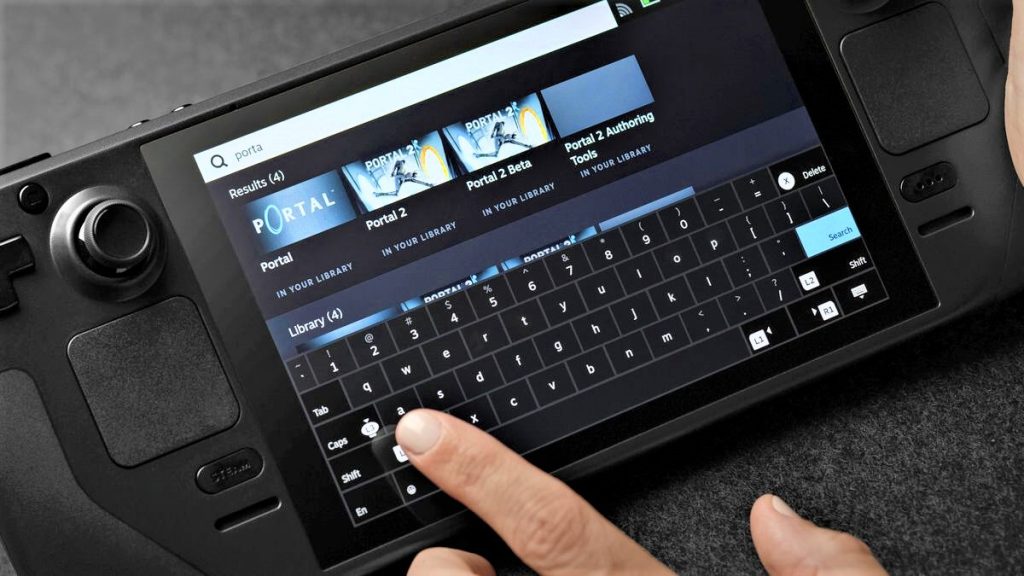Since launch, Valve has been pushing consistent software updates for the Steam Deck, adding new features along the way. One of the most useful new features is the framerate limiter, allowing users to preserve battery life by reducing hardware usage. However, there are some downsides to doing this, with users reporting increased input latency.
Typically, there is always an increase to input latency at lower frame rates. However, this seems to stand out a bit more with the Steam Deck, and with that in mind, one tech savvy redditor put the feature to the test. Using an app to measure latency by capturing footage at 240FPS, a PS5 controller and a Steam Deck in docked mode, we can see a major spike in input latency when enabling the built-in frame limiter.
Overall, the input latency scales linearly with the frame rate and the frame cap. With the framerate limiter off, measured input latency was between 31.8ms and 34.3ms. After setting the framerate cap to 60FPS, input latency increases to 75.8ms, going up to 145.9ms at 30FPS. When using the framerate limiter with a lower refresh rate cap, things get even worse. For example, capping the refresh rate at 50Hz and the FPS at 25 resulted in an input latency of 186.1ms. In a worst-case scenario, the Deck's display was capped at 40Hz and the frame rate capped at 20FPS, resulting in 232.0ms of input latency.
Oddly, switching the Deck's built-in frame limiter off and using the built-in limiter in Rocket League resulted in no considerable changes to input latency. With that in mind, there seems to be something going on with the Valve's own frame rate limiter that needs to be addressed.
Discuss on our Facebook page, HERE.
KitGuru says: Considering these findings, Steam Deck users are better off not using the system's framerate limiter. Alternatively, if a game features a built-in framerate limiter, that should do a better job of keeping latency in check.
 KitGuru KitGuru.net – Tech News | Hardware News | Hardware Reviews | IOS | Mobile | Gaming | Graphics Cards
KitGuru KitGuru.net – Tech News | Hardware News | Hardware Reviews | IOS | Mobile | Gaming | Graphics Cards



